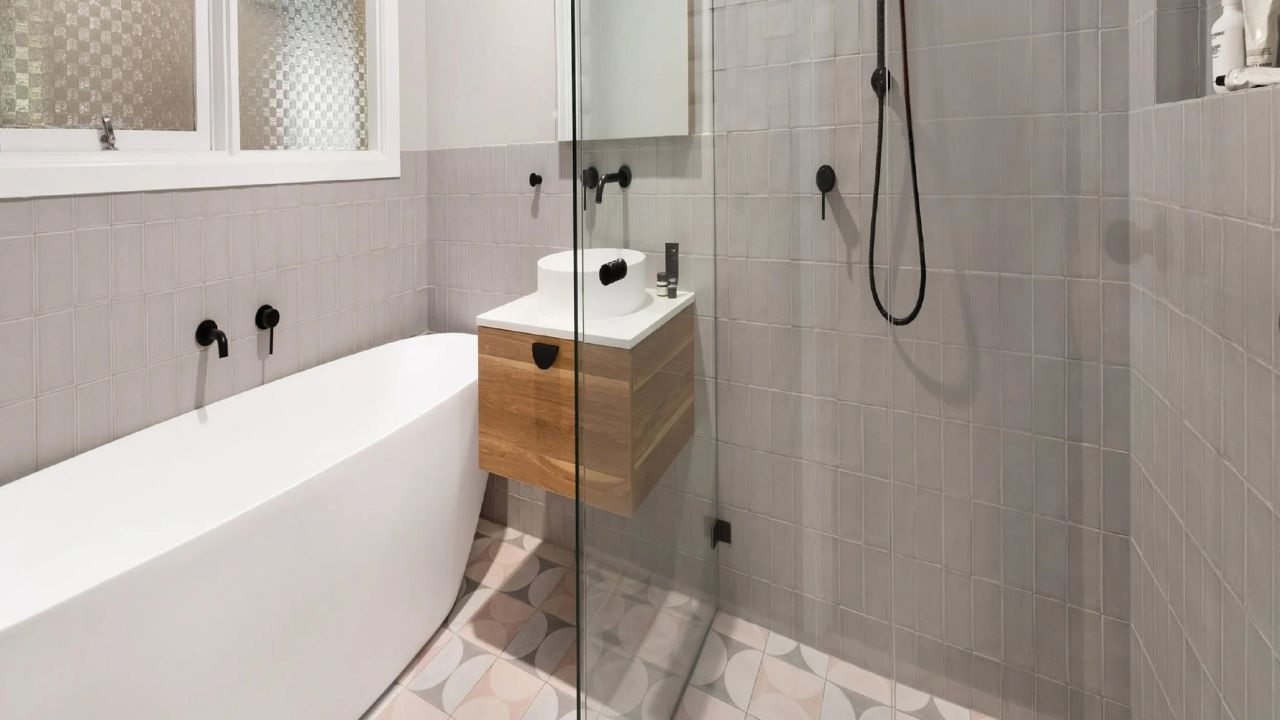Bathroom water leakage is a common problem that can affect homeowners, tenants, and property managers alike. One of the less obvious but significant causes is an overflowing floor trap. In Singapore, where high humidity and frequent use of bathrooms increase the risk of blockages, clogged floor traps account for a substantial portion of water leakage complaints in residential and commercial buildings. Many people only notice the problem when water starts pooling on the floor or damp spots appear on walls, but by that time, the damage may have already begun. Understanding how clogged floor traps lead to water leakage and how to prevent them is essential for maintaining a safe and functional bathroom.
What Are Bathroom Floor Traps?
A bathroom floor trap, also called a floor drain, is a small fixture installed in the floor to allow wastewater from showers, sinks, and other bathroom activities to drain away safely. Floor traps typically include a U-shaped water seal that prevents sewer gases from entering the bathroom while ensuring efficient drainage. However, when debris, hair, soap scum, or other foreign matter accumulates in the trap, it can cause a blockage.
How Floor Traps Function
Floor traps work by creating a barrier of water that stops foul odors while letting wastewater pass through to the drainage system. Properly functioning traps rely on gravity and a clean passageway to prevent water from backing up. When the trap is blocked, water cannot drain efficiently, causing it to pool on the bathroom floor and potentially seep into walls, tiles, and subflooring.
Common Causes of Floor Trap Blockages
Several factors can contribute to clogged floor traps and subsequent bathroom water leakage:
1. Hair and Soap Accumulation
Hair strands and soap residues are the most common causes of clogs. Over time, these materials combine to form dense blockages that restrict water flow. In high-use bathrooms, such as shared residential units or commercial properties, these accumulations can happen quickly.
2. Foreign Objects
Small items like dental floss, cotton swabs, or even detergent pods can accidentally enter the floor trap and obstruct water flow.
3. Grease and Oil Build-Up
Although less common in Singapore bathrooms, some households may pour greasy substances down the drain, leading to solidified deposits in the trap over time.
4. Mineral Deposits
Hard water areas can experience mineral build-up inside floor traps, narrowing the drainage channel and reducing efficiency.
5. Poor Slope or Installation Issues
Improperly sloped bathroom floors prevent water from reaching the floor trap efficiently. Even minor misalignment during installation can cause water pooling and exacerbate clogging problems.
Signs of a Clogged Floor Trap
Recognizing early indicators of an obstructed floor trap can prevent significant bathroom water leakage:
-
Slow drainage of shower or sink water
-
Unpleasant odors emanating from the floor drain
-
Frequent water pooling around the trap area
-
Bubbling sounds when other drains in the house are used
-
Mold or dampness on bathroom tiles and walls
How Clogged Floor Traps Lead to Water Leakage
When water cannot pass through the floor trap, it accumulates on the surface. Over time, this standing water can seep through grout joints, damaged tiles, or even cracks in the subfloor. This contributes to:
-
Bathroom water leakage into ceilings or lower floors
-
Tile loosening and grout erosion
-
Mold and mildew growth due to persistent moisture
-
Structural weakening of floorboards or walls
These issues not only compromise the bathroom’s functionality but can also lead to costly repairs and health hazards if ignored.
Step-by-Step Guide to Fixing and Preventing Clogged Floor Traps
1. Remove Debris
Start by removing visible debris from the trap using gloves or a small tool. Hair, soap scum, and foreign objects should be cleared carefully to avoid pushing them further down.
2. Clean the Trap Thoroughly
Use a drain brush or flexible wire to clean the internal passages of the trap. For stubborn blockages, a mixture of hot water and mild detergent can help dissolve soap and grease residues.
3. Use a Plunger or Drain Snake if Needed
For deeper clogs, a plunger or manual drain snake can dislodge obstructions. Avoid harsh chemical drain cleaners as they can damage pipes and the waterproofing layer.
4. Flush with Water
After clearing the blockage, flush the trap with a generous amount of water to ensure free flow and check for any residual obstruction.
5. Regular Maintenance
Prevent future clogs by installing a hair catcher over the floor trap, cleaning the trap weekly, and avoiding disposing of foreign objects down the drain. Periodic professional inspection is recommended, especially in older buildings.
6. Inspect for Hidden Damage
Even after clearing a clogged floor trap, check for signs of water leakage around tiles, walls, and subfloor areas. Any persistent moisture may indicate that water has already penetrated the structure and needs professional waterproofing intervention.
Expert Tips for Long-Term Prevention
-
Ensure proper bathroom floor slope toward the trap during construction or renovation
-
Use high-quality tiles and grout resistant to water penetration
-
Avoid pouring greasy or thick substances down drains
-
Schedule periodic professional maintenance to detect hidden leaks early
External Resources for Further Guidance
For additional insights on bathroom floor trap maintenance and leak prevention:
-
https://www.buildings.com/articles/43799/preventing-bathroom-leaks
-
https://www.hunker.com/13401647/how-to-unclog-bathroom-drains
-
https://www.familyhandyman.com/project/how-to-clear-a-clogged-drain/
These resources provide practical tips and solutions for preventing Bathroom Water Leakage caused by clogged floor traps.
Conclusion
Clogged bathroom floor traps are a common yet overlooked cause of Bathroom Water Leakage in Singapore. Left unattended, they can lead to water pooling, tile damage, mold growth, and structural deterioration. By recognizing early signs, cleaning traps regularly, and following proper maintenance practices, homeowners and property managers can prevent severe water leakage. Professional support from experts like Allseal Waterproofing PTE Ltd ensures that any hidden damage is addressed and that your bathroom remains dry, safe, and fully functional for years to come.



